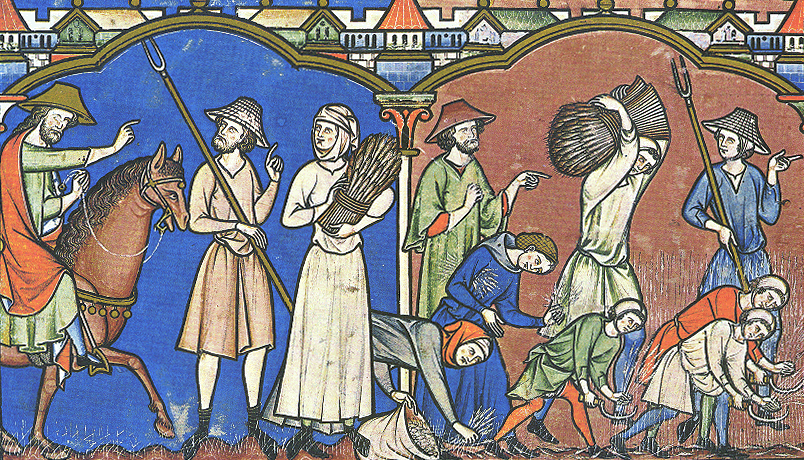It happens once and we have room to blame it on the instability of a single individual. It happens twice and we have grounds to attribute the problem to access to guns. It happens three times and we look for similarities. We then might deduce that psychotropic drugs are to blame. It happens five times in one year and consistently for as long as it has and at some point we have to face the fact that there is something very wrong with our culture.
I can't sleep tonight. I have two daughters, one in second grade and one who will enter kindergarten next year and I can't help but think that tonight there are twenty parents staring at presents under the Christmas tree that will go unopened, stockings that will go unstuffed next week, and beds that lie empty. I can't fathom the dwarfing sense of loss these parents must feel, it hurts too much to fully empathize. And the lingering question on everyone's mind is, "Why?"
I think of the unconditional love I have for my own children and then I think about how much we hear people talk about the value of unconditional love but how seldom we hear anyone speak of unconditional acceptance. Now it is too early to know specifics about what happened this morning in Connecticut but we certainly know a lot about the other mass shootings we have suffered over what now is nearly a whole generation. I surmise that the common issue among all these tragedies stems from a culture that doesn't value or practice unconditional acceptance. Our culture in practice does the opposite. It sorts and exploits.
A. S. Neill believed that children only have two basic needs, they need play to learn and unconditional love and acceptance to nurture. He also believed that discipline is an expression of self hate of which the victims become the haters. With the numbers of people in our prisons it is hard not to conclude we are a culture of discipline. Now, take someone who has been pushed to the edges of society, labeled, clinically diagnosed, medicated and deny them the unconditional acceptance they need to be emotionally stable and they will exhibit antisocial and even destructive behaviors. I saw this consistently on a smaller basis in alternative schools. However, take a person in that fragile state and show them that you support them and accept them unconditionally and they begin to build the psychic foundation they need to get better. This is true for both children and adults. But, that is not the culture we live in.
Our culture ranks and sorts people through standardized tests, special needs assessments, tax brackets, and social standing. Our culture relies on clinical analysis of test results to treat everything from heart disease to anxiety disorders and depression. Instead of treating the human being we treat the patient. Our standards of measurement have turned people into objects. We watch the exploitation of those most consider different on The Learning Channel (TLC): Here Comes Honey Boo Boo, My 600 lb Life, The Little People, Hoarders, Extreme Couponing, all teaching us to view those who are not "normal" as something other than the kind of human being the rest of us are. We numb our sense of horror by watching violent television shows and playing violent first-person shooter games which also reinforce this notion that some people are objects. Once we accept a clinical diagnosis that proclaims someone different from us it is not that hard to accept a wrong-headed view that they are somehow less human. In all previous mass shootings the gunmen exhibited a pathology that indicates they may have felt this kind of objectification, this kind of ostracizement.
We like to talk about unconditional love for our children. We like to talk about acceptance and tolerance with regard to race, religion, or sexual preference, but we never talk about unconditional acceptance or what a culture built upon love and unconditional acceptance might look like. To build such a culture we would need to eliminate clinical diagnosis that breaks us down and categorizes us. We would need to eliminate sources of rank and file within our institutions. We would need to move from a society that disciplines to one that nurtures. We would need to deschool society. To do so would heal so many mental illnesses and help prevent the sort of tragedy that happened today. While I look down on my daughters as they sleep in their beds tonight, overwhelmed with unconditional love for them, I hope that somehow I can instill in them an unconditional acceptance of all people. And I hope that that unconditional acceptance can spread, permeate the culture. If you change the environment you change behavior, if you change the culture you change the environment.

























